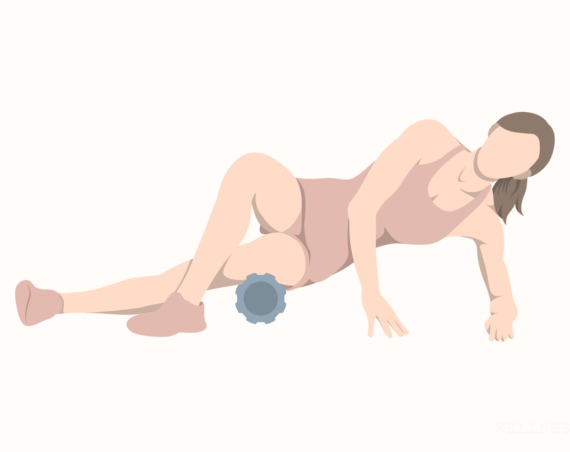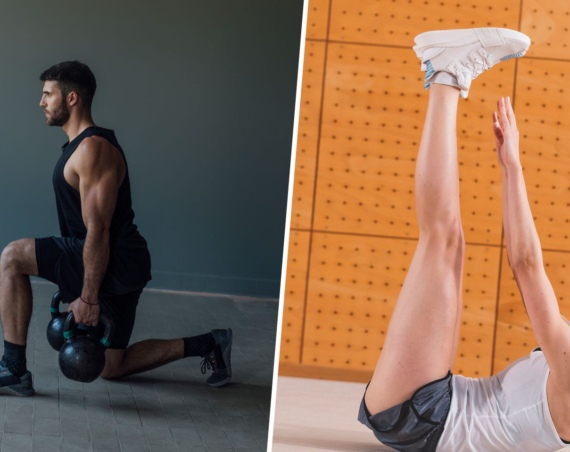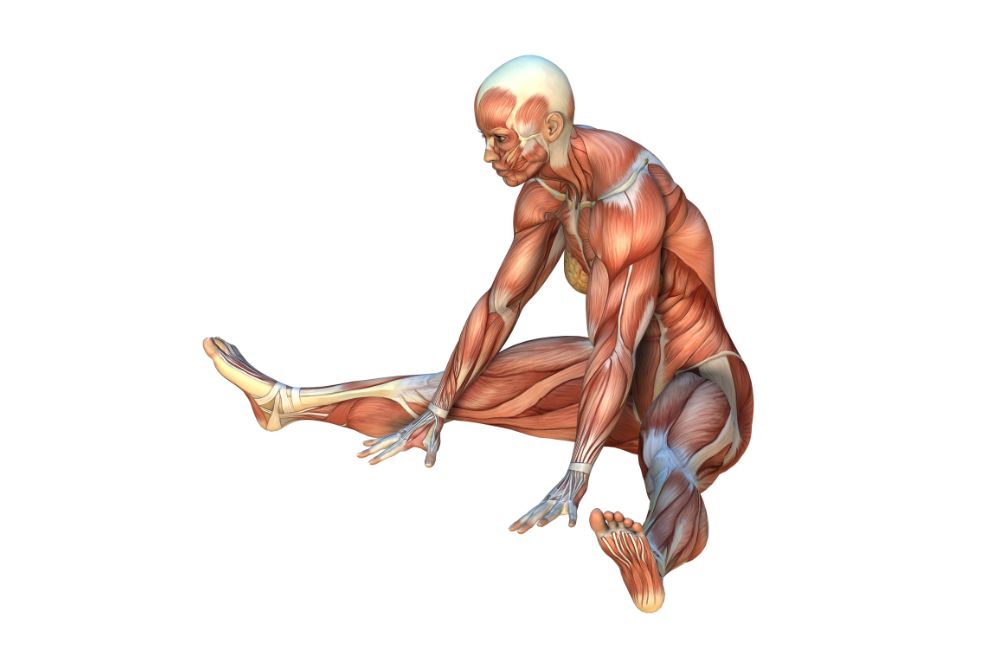
Flexibility often takes a back seat to more mainstream exercise modes, such as cardio and resistance training.
However, having flexible muscles is one of the most important elements of good health. Being flexible enables us to achieve greater ranges of motion. This, in turn, allows us to produce more power and generally puts us at a lower risk of injury.
In this article, we will review some of the best stretches to improve flexibility, performance, and health.
Types of Flexibility Training
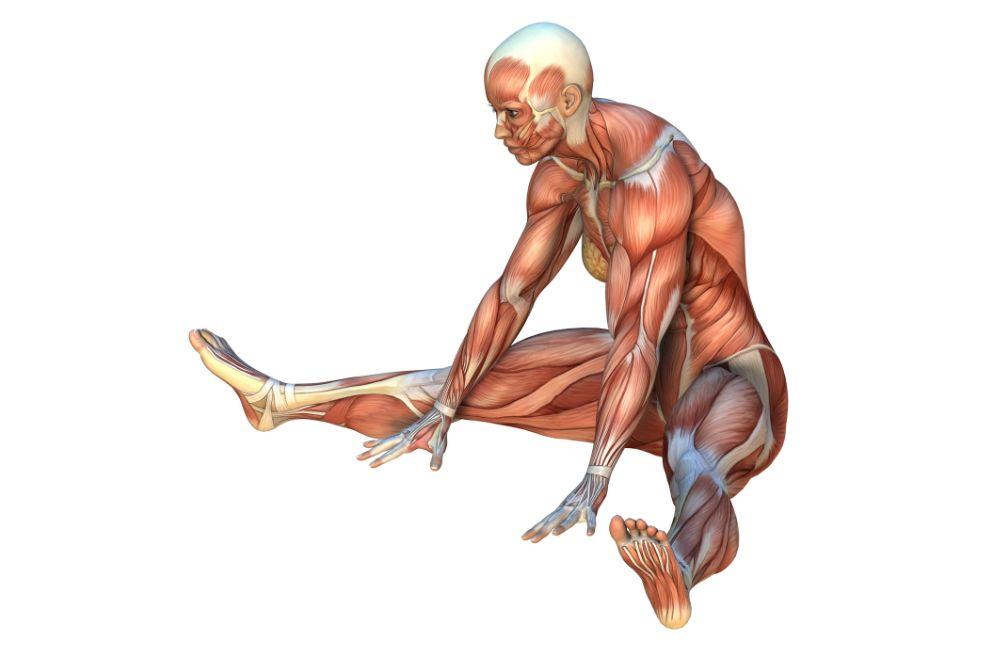
There are various schools of thought which all propose different techniques for improving flexibility.
While there may be some research to support one method over another, what’s most important is that you find a stretching technique that works for you and one that helps you achieve your goals.
Yoga
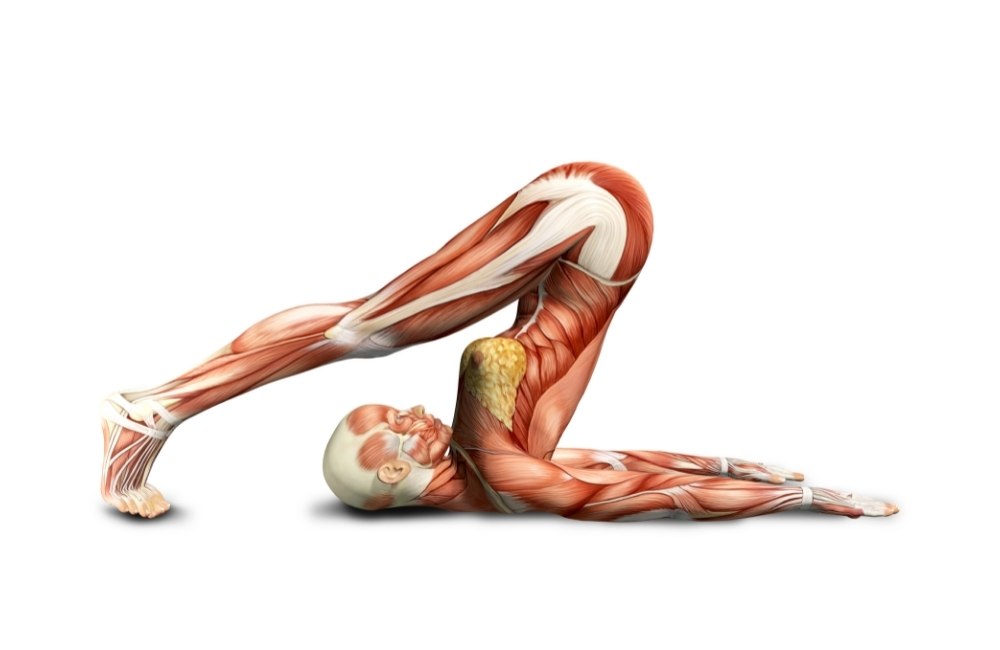
Perhaps the most well-known form of flexibility training is yoga. Yoga has become extremely popular over the past few decades. In fact, you’d be hard-pressed to find a city in the United States that didn’t contain at least one yoga studio.
Yoga generally focuses on slow, sustained stretches, combined with specific breathing techniques and mindfulness. However, there are many different types of yoga, each of which has a different goal.
If you’re interested in achieving more flexibility in a group setting, while also reaching many of the benefits of meditation, yoga might be perfect for you!
Passive Stretching
Passive stretching can be defined in multiple ways. For our purposes, passive stretching is a general term for the kind of stretching in which the exerciser is stretched by an outside force, rather than by using his or her own muscles.
This could mean that the person is being stretched by a physical therapist, or through the use of a stretching machine/strap.
This form of stretching can provide many flexibility benefits. Plus, passive stretching can often be relaxing and it can even be performed while one rests and watches TV!
Active Stretching
Stretching actively means using one’s own opposing, or antagonist, muscles to complete the movement. For example, one can stretch the hamstrings by contracting the quadriceps and vice versa.
Of course, active stretching is often also combined with passive stretching in order to achieve the benefits of both flexibility methods.
Top 10 Stretching Exercises for Better Flexibility
The following stretches can be performed dynamically, statically, and in a variety of other ways. If you’re new to stretching, it’s important to take your time and experiment with the different methods of flexibility training in order to find a way that will work best for you.
1. Cat-Cow
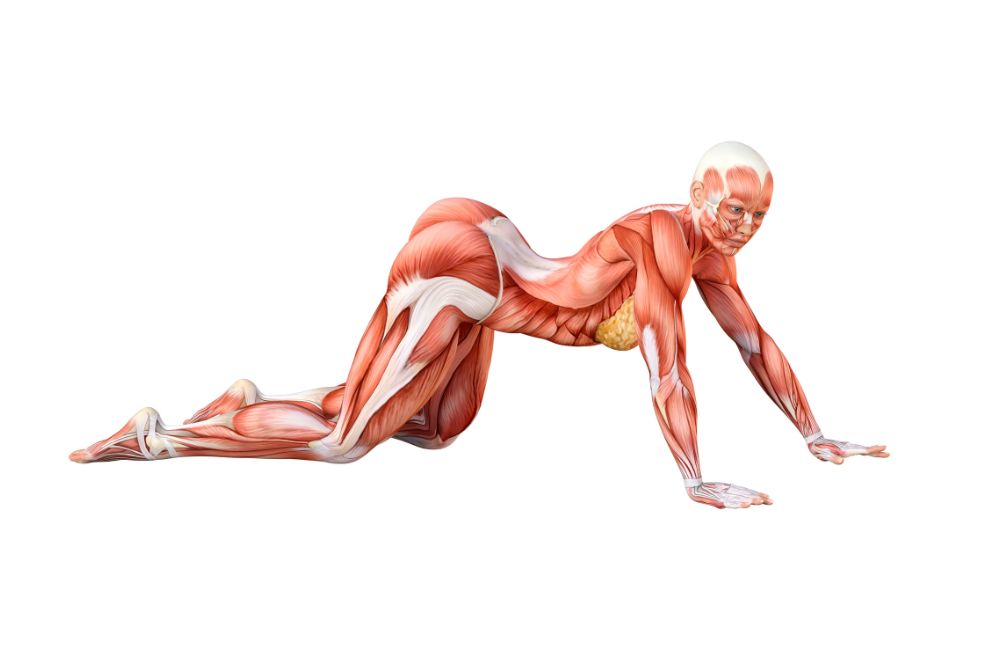
The cat-cow stretch (also known as cat-camel) is a very popular yoga stretch. This movement mobilizes the entire spine and feels great after a long day of work.
How to Perform:
- Start on hands and knees, with your knees below your hips and your hands below your shoulders.
- Allow your low/middle back to sag as you extend your neck and head backward.
- Hold this position for 10 seconds.
- Then, slowly reverse the motion by tucking your chin to your chest and arching your back.
- Hold this position for 10 seconds.
- Repeat this alternating motion for 10 repetitions, once per day.
2. Upward Dog
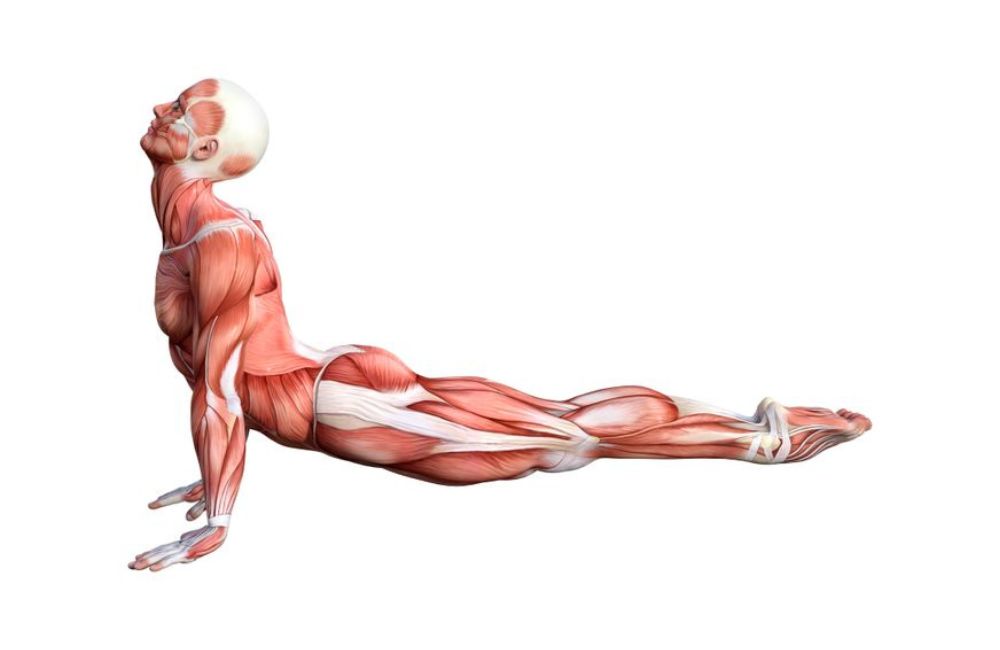
Most of our daily activities force us to assume a flexed posture. Driving, sitting at work, eating, and many other activities require us to assume a flexed position. Upward dog forces us into an extension position, improving our spinal mobility.
How to Perform:
- Place your hands and toes on the ground, as if you are going to perform a pushup.
- Allow your hips to sag down to the floor, using your hands to push your chest upward.
- At this point, you should resemble a dog stretching after a nap (hence the name!).
- Hold this stretch for 30 seconds and repeat 10 times daily.
- If this position causes you pain, try performing the same movement on your elbows. If you still experience pain from this movement, consult a qualified health professional.
3. Bridges
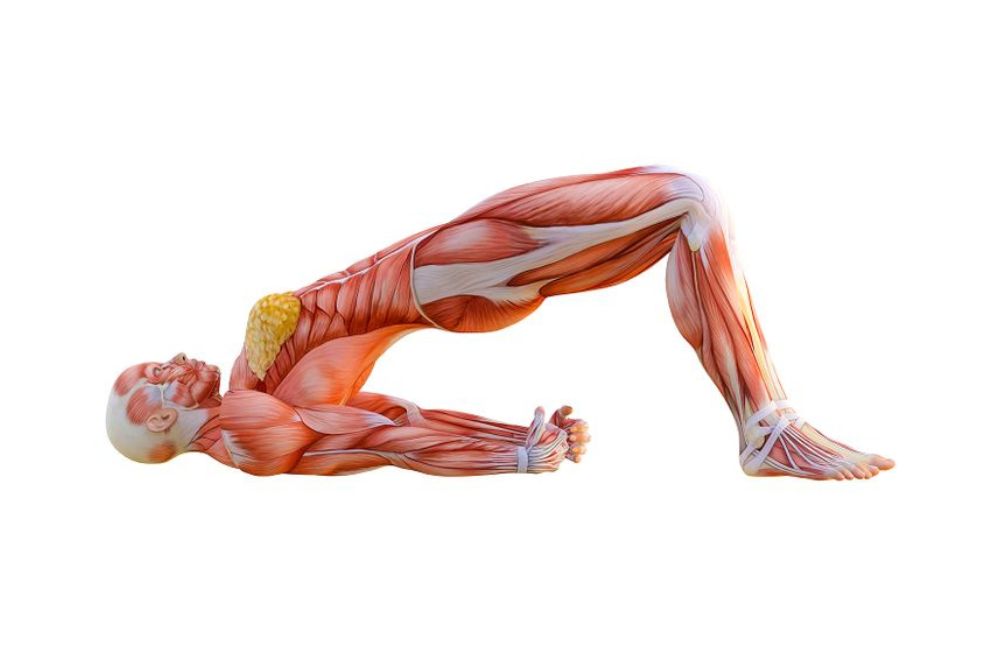
Much like an upward dog, bridges force the body into an extension posture. However, bridges have an added benefit: glute activation.
How to Perform:
- Lie flat on your back with your knees bent and your feet flat on the ground.
- Press into the ground with your feet, lifting your buttocks and low back as high in the air as you can.
- Hold this position for 10 seconds, then slowly lower back down into the starting position.
- Repeat for 15 reps, once per day.
4. Side-Angle Stretch
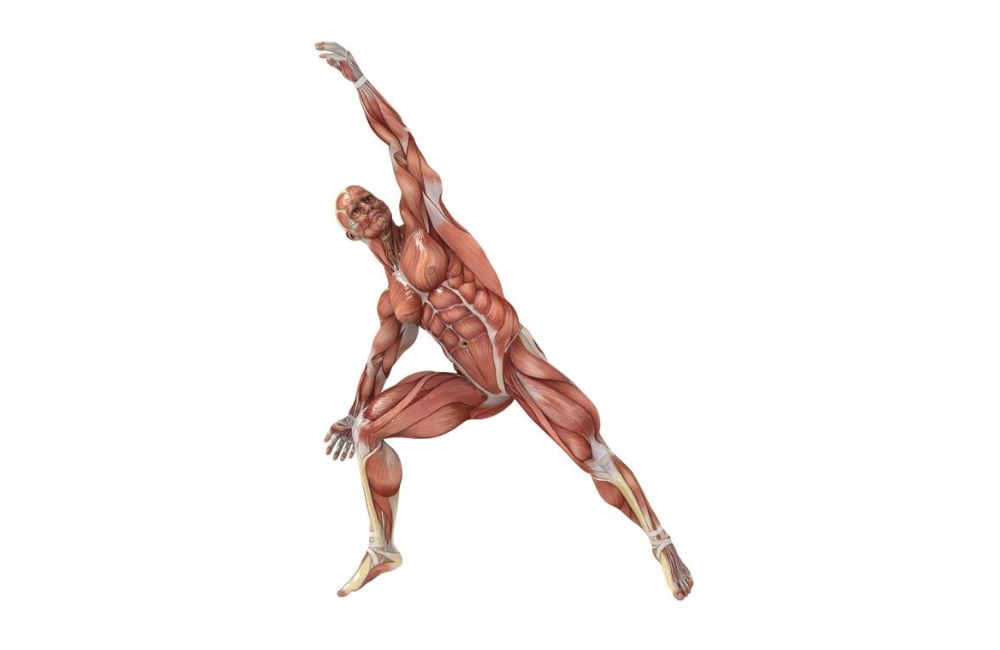
This stretch requires a significant level of balance. Therefore, it may not be appropriate for everyone. However, for those who can safely perform this movement, it provides a superlative stretch throughout the body.
How to Perform:
- Start by standing with your legs spread wide.
- Lunge toward your right knee, placing your elbow on your right thigh.
- At the same time, lift your left arm to the sky, then reach said arm over your head, side bending your spine to the right.
- Hold this stretch for 15 seconds, then repeat 4 times on each side.
- Complete one session, as described above, once a day.
5. Child’s Pose
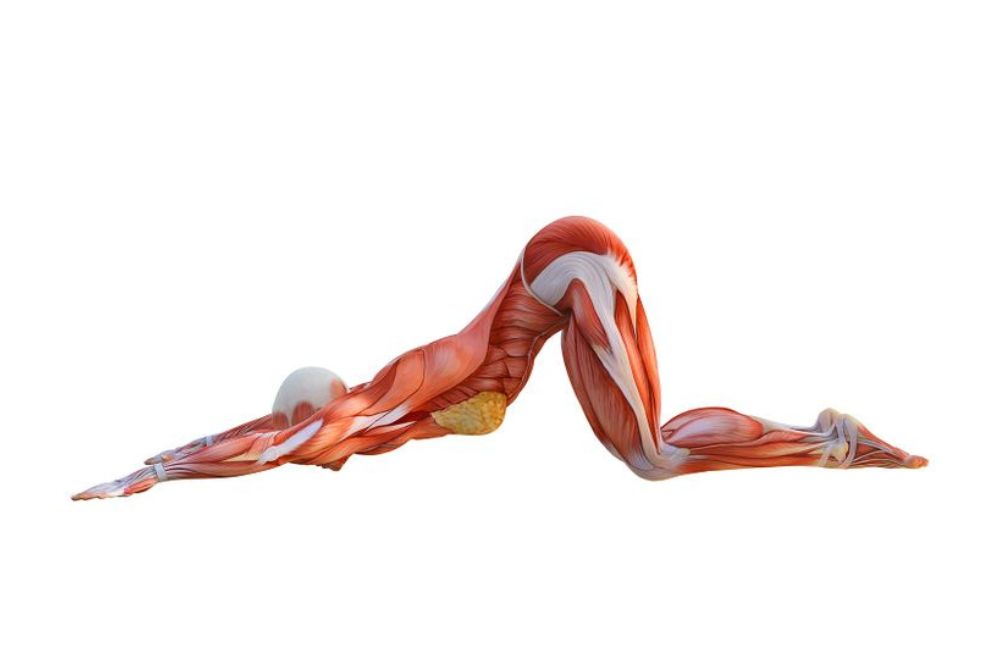
Child’s Pose is perhaps the most relaxing stretch in existence. It’s great for a cool down after a run, or after a tough day of work.
How to Perform:
- Place your hands and knees on the ground.
- Sit backward, until your buttocks are resting on your heels (if you can achieve this position. If not, just go as far as you can).
- At the same time, walk your fingertips forward as far as you can.
- This will effectively create some traction through your spine, relieving pressure and pain in this body region.
- Hold for 30 seconds to one minute, 5 times per session, one session per day.
6. Side Lunge Holds
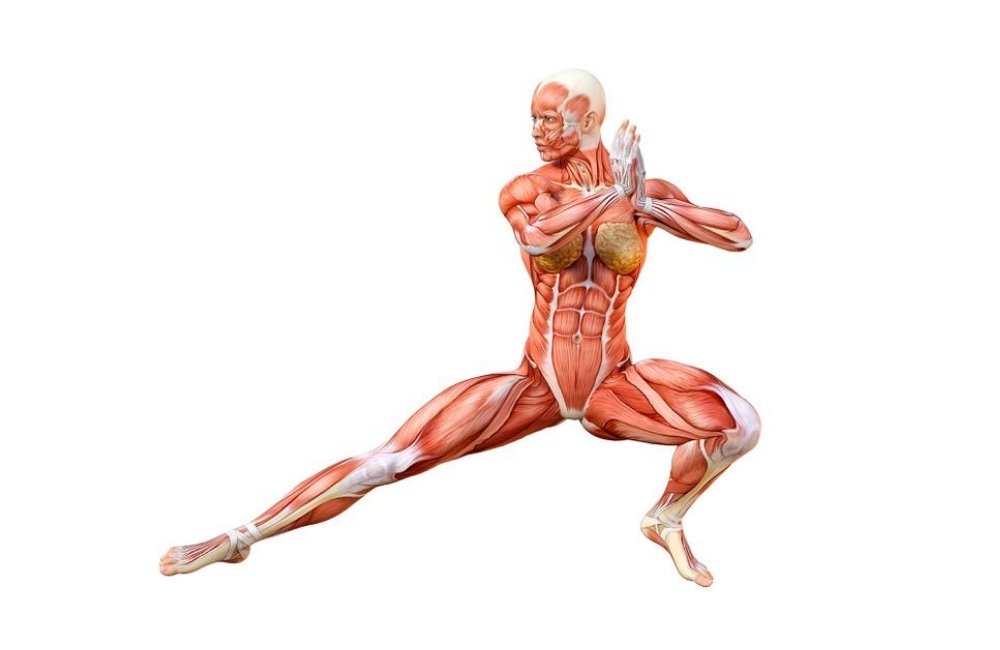
When it comes to both strengthening and stretching, our inner thighs are often neglected. The side lunge hold can improve both isometric strength and flexibility in this area.
How to Perform:
- Start standing, with legs spread wide.
- Point your toes out to the sides slightly.
- Lunge toward your right leg as far as you can comfortably.
- Hold this stretched position for 15 seconds, then switch sides.
- Repeat for 5 repetitions on both sides, once per day.
7. Seated Double Hamstring Stretch
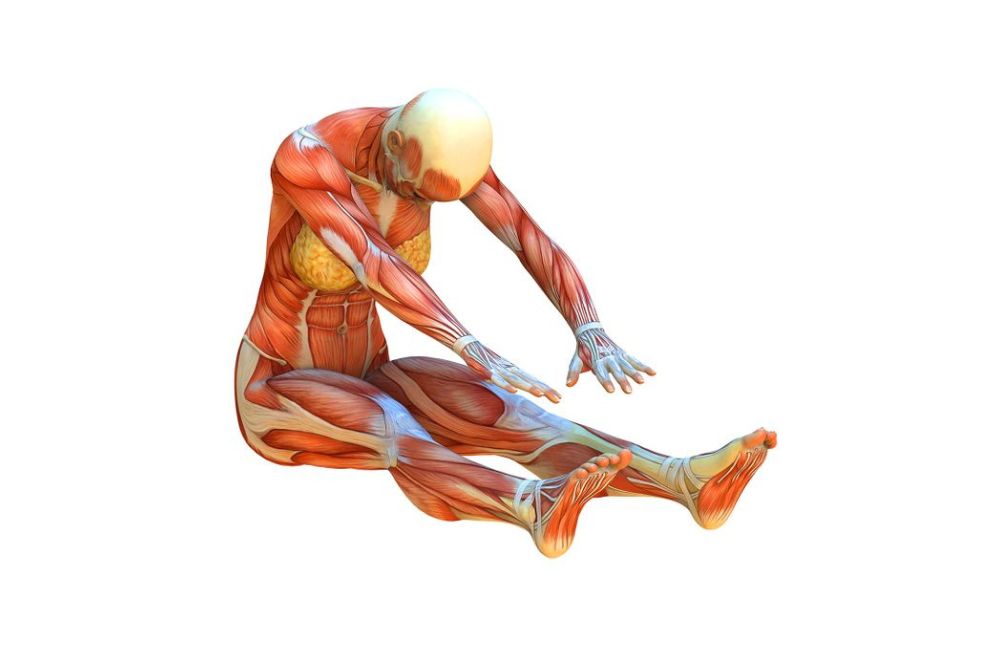
When we sit for long periods of time, our hamstrings often become stiff. Therefore, we need to frequently stretch out these muscles to keep them pliable and strong.
How to Perform:
- Start in a seated position with your legs straight out in front of you and your toes pointed to the ceiling.
- At this point, you may already feel a stretch in the back of your thighs. If so, feel free to remain here!
- If you can go further, hinge forward at your hips, attempting to grasp your feet or ankles.
- Hold the stretch for 30 seconds, repeating for 4 repetitions, once per day.
8. Seated Single Hamstring Stretch
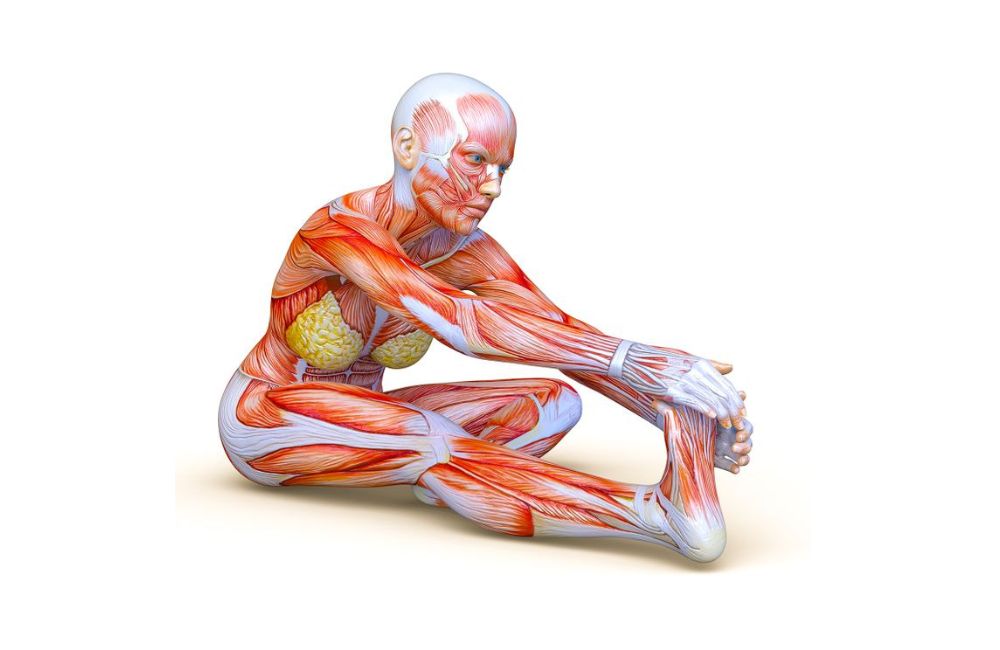
It’s always a good idea, when possible, to stretch muscles on both sides of the body at the same time, AND to stretch these muscles in isolation. By performing a single leg hamstring stretch, you can isolate one side and determine if one muscle needs more attention than the other.
How to Perform:
- Begin in sitting, with your right leg straight and right toes pointed toward the ceiling.
- Keep your left leg bent, with the sole of your left foot against your right thigh.
- Keep your back straight, lean forward, reaching for your right toes.
- Hold the stretch for 20 seconds, repeating 5 times per side, once per day.
9. Pancake Stretch
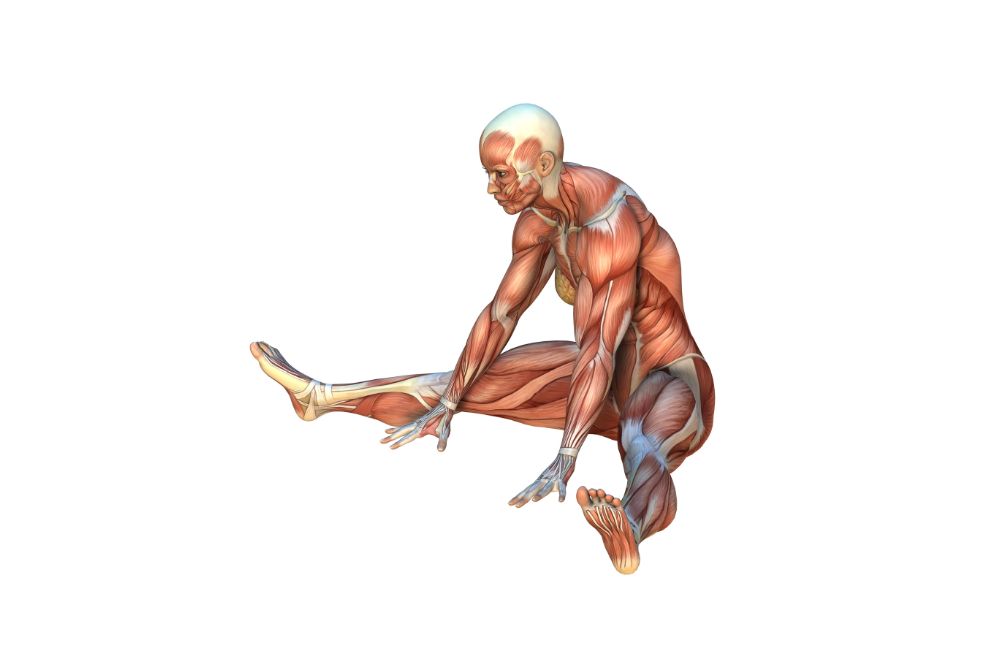
Most people will never become flexible enough to perform a true “pancake” (a true pancake is when you can touch your chest and stomach to the floor during this stretch).
However, this doesn’t mean that the stretch is useless if you can’t reach far enough to achieve a pancake. It is excellent for the inner thighs, hamstrings, and many other muscles.
How to Perform:
- Sit on the ground with your legs spread wide.
- Reach straight forward, between your feet.
- Hold the stretch for 30 seconds, and repeat 4 times, once per day.
10. Seated Rotational Stretch
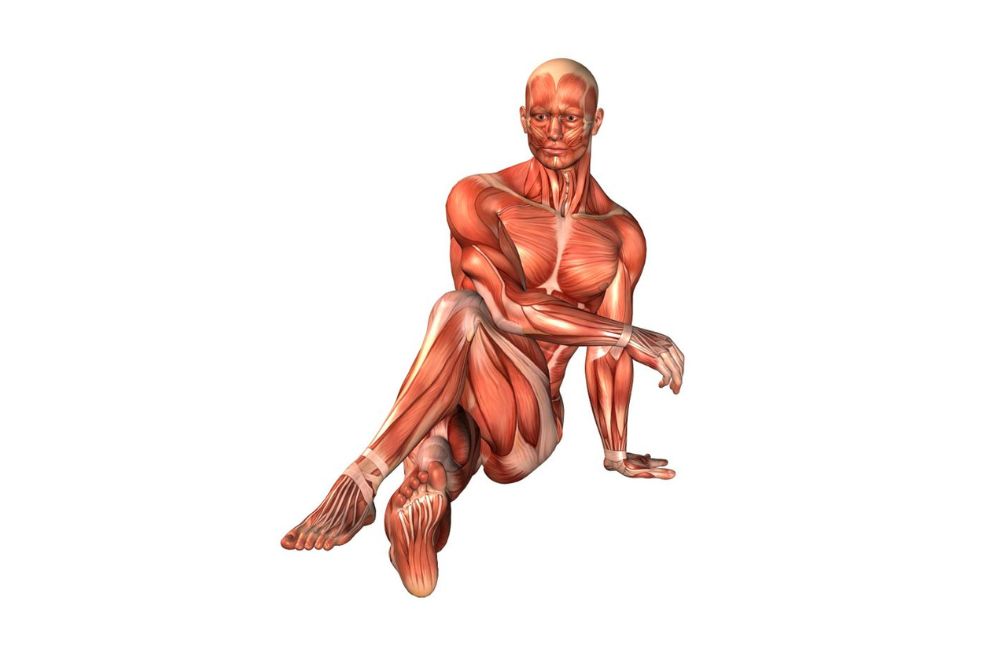
Rotation is incredibly important for strong, efficient movement. By stretching in this direction, you can truly achieve athletic and movement perfection!
How to Perform:
- Sit on the ground with your back straight.
- Carefully, cross your right leg over your left, placing your right foot on the floor.
- Place your left elbow on the outside of your right knee.
- Gently press your left elbow in your right knee/thigh, pushing yourself into further rotation toward the right.
- Hold this stretch for 30 seconds and repeat 5 times on each side, one time per day.
Conclusion
While it’s not as exciting as cardio or strength training, flexibility training is critically important for health and performance.
If you’re considering breaking into a stretching routine, start slow, don’t push too hard, and you’ll begin to notice the effects quickly!

